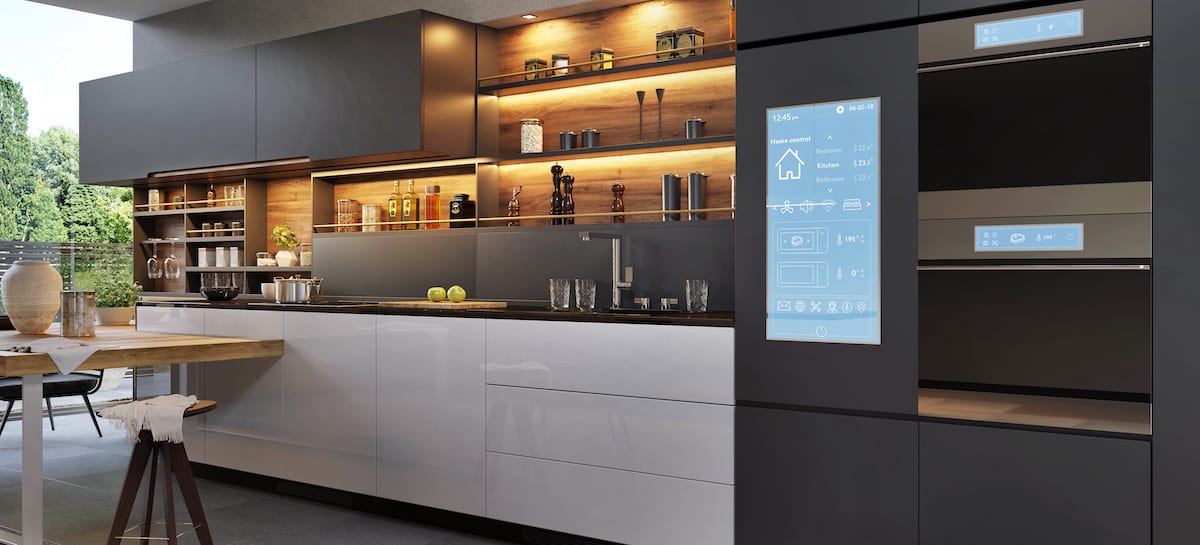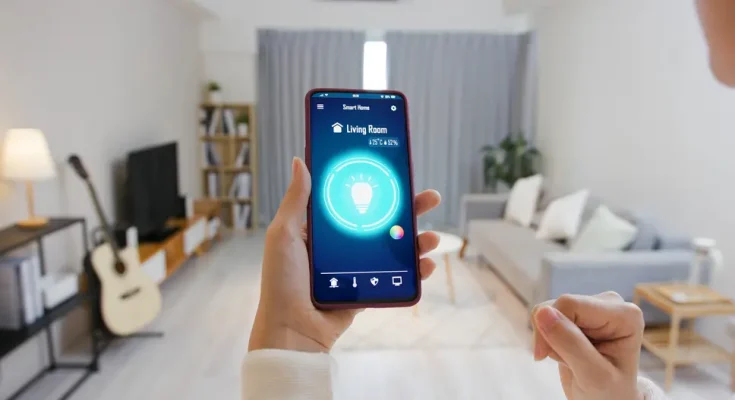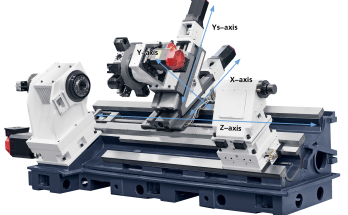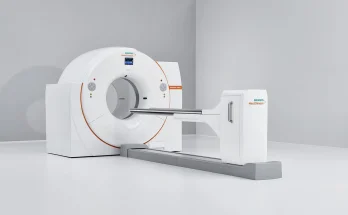JAKARTA, cssmayo.com – In an era where technology is deeply embedded in our daily routines, smart devices play a pivotal role in simplifying our lives. From smart home appliances to wearable technology, these innovations are designed to enhance convenience, improve efficiency, and provide a more connected lifestyle. This article explores the various types of smart devices, their benefits, and practical tips for integrating them into your everyday life for effortless living.
What Are Smart Devices?

Smart devices refer to electronic gadgets that connect to the internet and can communicate with other devices or systems. They leverage sensors, software, and machine learning to perform tasks automatically or with minimal human intervention. Key characteristics of smart devices include:
- Connectivity: Most smart devices connect via Wi-Fi or Bluetooth, allowing them to interact with smartphones, tablets, and other devices.
- Automation: These devices can automate routine tasks, reducing the time and effort required for daily activities.
- Remote Control: Users can control smart devices remotely through mobile apps or voice commands, adding flexibility to their usage.
Types of Smart Devices
1. Smart Home Devices

- Smart Thermostats: Devices like the Nest Learning Thermostat allow users to manage home heating and cooling remotely, optimizing energy consumption and comfort.
- Smart Lights: Philips Hue and similar systems enable users to control lighting from their smartphones, set schedules, and customize colors for different moods.
- Smart Security Systems: Cameras, doorbells, and alarms that can be monitored and controlled via smartphone apps enhance home security and provide peace of mind.
2. Wearable Technology

- Smartwatches: Devices such as the Apple Watch and Fitbit track fitness metrics, monitor health, and provide notifications directly on your wrist.
- Fitness Trackers: Wearable devices that monitor physical activity, heart rate, and sleep patterns, helping users maintain a healthy lifestyle.
3. Smart Kitchen Appliances

- Smart Refrigerators: These appliances can track food inventory, suggest recipes, and create shopping lists based on what you have at home.
- Smart Ovens: Ovens that can be controlled via smartphone apps, allowing users to preheat, adjust cooking times, and receive alerts when meals are ready.
4. Smart Assistants
- Voice Assistants: Devices like Amazon Echo and Google Home can answer questions, control other smart devices, and play music using voice commands.
- Smart Displays: Combining the features of voice assistants with a screen, these devices allow for video calls, recipe displays, and more.
Benefits of Smart Devices
1. Enhanced Convenience
Smart devices streamline everyday tasks, allowing users to manage their homes and routines with ease. For instance, adjusting the thermostat or turning off lights can be done with a simple voice command or tap on a smartphone.
2. Improved Efficiency
By automating routine tasks, smart devices help users save time and energy. Smart thermostats learn user preferences and optimize heating and cooling schedules, leading to reduced energy bills.
3. Increased Security
Smart security devices provide peace of mind by allowing homeowners to monitor their properties remotely. Real-time alerts and video feeds enhance security and enable quick responses to potential threats.
4. Health and Wellness Tracking
Wearable smart devices empower users to take charge of their health by tracking fitness metrics and providing insights into their daily activities. This data can motivate healthier lifestyle choices.
Tips for Integrating Smart Devices into Everyday Life
1. Start Small
If you’re new to smart technology, begin with one or two devices that address your most pressing needs, such as a smart thermostat or smart lights. Gradually expand your collection as you become more comfortable.
2. Ensure Compatibility
Before purchasing smart devices, check for compatibility with your existing systems. Many devices work best within specific ecosystems, such as Google Home or Amazon Alexa.
3. Create Routines
Utilize automation features to create routines that simplify your daily life. For example, set your smart lights to turn on at sunset or program your coffee maker to start brewing in the morning.
4. Prioritize Security
When integrating smart devices, prioritize security by using strong passwords, enabling two-factor authentication, and keeping your devices updated with the latest software.
5. Explore Integration Options
Take advantage of integration capabilities between devices. For instance, link your smart security system with your smart lights to create a more comprehensive home security solution.
Conclusion
Smart devices are revolutionizing the way we live, making everyday tasks easier and more efficient. By embracing this technology, individuals can enjoy a more connected and effortless lifestyle. As you explore the world of devices, remember to start small, ensure compatibility, and prioritize security to make the most of your experience.
Elevate Your Competence: Uncover Our Insights on Techno
Read Our Most Recent Article About Quantum Computing!




